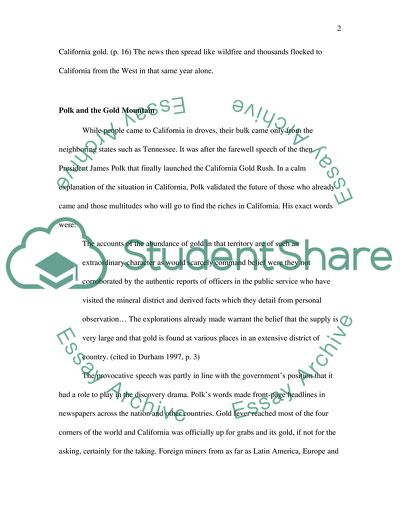Cite this document
(The California Gold Rush Case Study Example | Topics and Well Written Essays - 1750 words, n.d.)
The California Gold Rush Case Study Example | Topics and Well Written Essays - 1750 words. Retrieved from https://studentshare.org/macro-microeconomics/1542384-the-california-gold-rush
The California Gold Rush Case Study Example | Topics and Well Written Essays - 1750 words. Retrieved from https://studentshare.org/macro-microeconomics/1542384-the-california-gold-rush
(The California Gold Rush Case Study Example | Topics and Well Written Essays - 1750 Words)
The California Gold Rush Case Study Example | Topics and Well Written Essays - 1750 Words. https://studentshare.org/macro-microeconomics/1542384-the-california-gold-rush.
The California Gold Rush Case Study Example | Topics and Well Written Essays - 1750 Words. https://studentshare.org/macro-microeconomics/1542384-the-california-gold-rush.
“The California Gold Rush Case Study Example | Topics and Well Written Essays - 1750 Words”. https://studentshare.org/macro-microeconomics/1542384-the-california-gold-rush.


